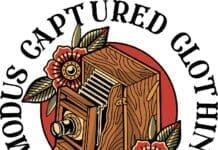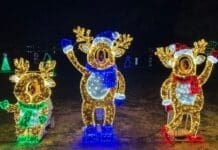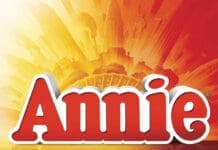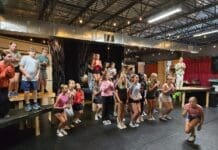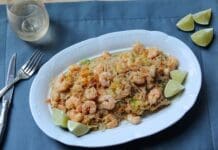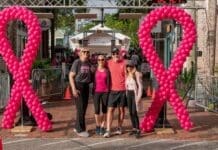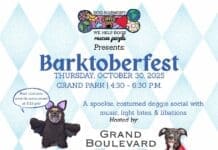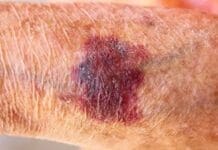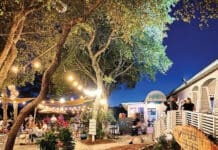Fall might just be the best season for flowers in the Panhandle. Most of them look like yellow daisies, or sunflowers (Asteraceae), and they all seem to look alike, but they are different and have different relationships with native pollinators. Honeybees are not native and cannot pollinate native flowers. Honeybees are famous, and make honey, but native bees are the powerful pollinators of our wildflowers.
Narrow leaf silkgrass (Pityopsis graminifolia)
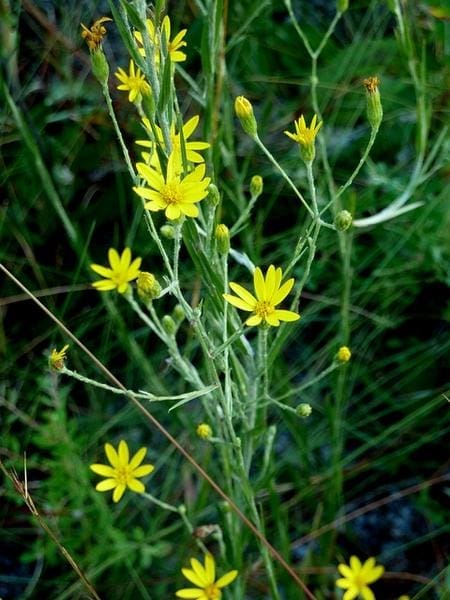
Silkgrass is one of the yellow, daisy like, fall flowers that grows well on sandy soil. The leaves are grasslike, and the seeds are windblown. Silkgrass is the host for Perdita boltoniae, the Bolton’s fairy bee. Fairy bees are small, native, solitary, ground nesting bees, with black abdomens. Bolton’s fairy bees also pollinate golden aster, (Chrysopsis species), daisy fleabane (Erigeron species) and camphorweed (Heterotheca subaxillaris), all fall blooming asters. They are generalists, which use many different food sources and pollinate them while they gather food. Although the Bolton’s fairy bees are solitary, with enough of their favorite foods around, many bees make nests in the same areas, so the population can be high.

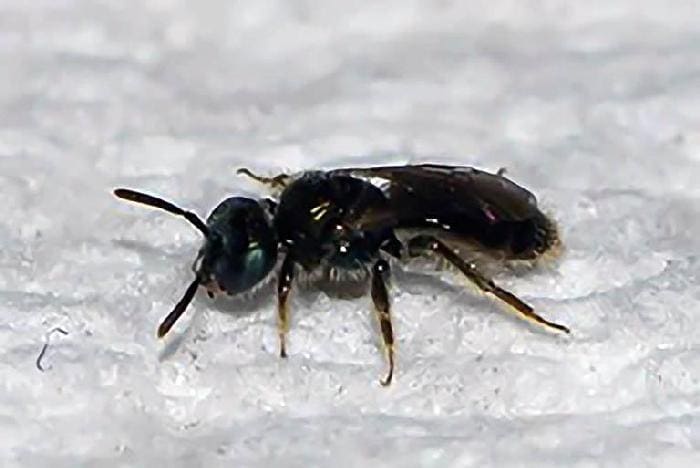
Golden aster (Chrysopsis godfreyi)
There are many different species of golden aster. All resemble yellow daisies and are native to Florida. All are food sources for many butterflies and bees. Godfreyi’s golden aster grows on sand dunes and is easily identified by its stem that clings to the sand.

Maryland Golden aster (Chrysopsis mariana)
Maryland golden aster looks pretty much the same as other golden asters, and other fall blooming asters, but it blooms not just in Florida, but north to Maryland. Golden green sweat bees (Augochlorella aurata) are crucial pollinators for golden asters and many other fall asters, including coreopsis and golden rod. Sweat bees are named for their attraction to the salt in human perspiration. In Florida, golden green sweat bees form ground nesting colonies of about 15 individuals. The queen overwinters. Farther north, sweat bees are solitary. Like most native bees, sweat bees do not produce honey or sting. They are generalists and pollinate many different flowers while gathering food.

Honeycomb head (Balduina angustifolia)
Honeycomb head grows in sand dunes and pinelands. It is a food source for gulf fritillaries and the solitary Balduina bee (Hesperapis oraria). Honeycomb head is the sole food source for the Balduina bee. Blooms coincide with bee activity. Balduina bees look like other bees, but they have black striped abdomens and green eyes. Males pollinate the flowers while looking for females, while females dig a ground nest, complete with a pollen ball to feed her young, and wait around for a male to mate. After mating, she lays one egg, in her nest with the pollen ball. The egg hatches the following fall. This means the bee only lives a few weeks. That may sound strange, but it is actually common practice for many insects. They hatch, mate, lay eggs, all within a few days or weeks, and spend the rest of their lives as eggs, or larval stages.

Considering Balduina bees only live in the coastal dunes west of Panama City, and only have one food source, and only lay one egg a year, there is a good possibility that they will need protection, in contrast to sweat bees, that are eusocial and feed on many different pollen sources, or fairy bees, that use any aster as a food source. Being a generalist favors survival.
Blue mist flower (Conoclinium coelestinum)
Blue mist flower is not yellow, but it is an aster. It blooms in fall, usually along roadsides, sandy woodlands, and burned pine woods. Blue mist flower tolerates repeated burns. It is an important food source for butterflies, especially the long-tailed skipper, birds, and native bees. Blue mist flower stands out among all the yellow flowers of fall, and since it blooms until November, it is a food source for late season butterflies.
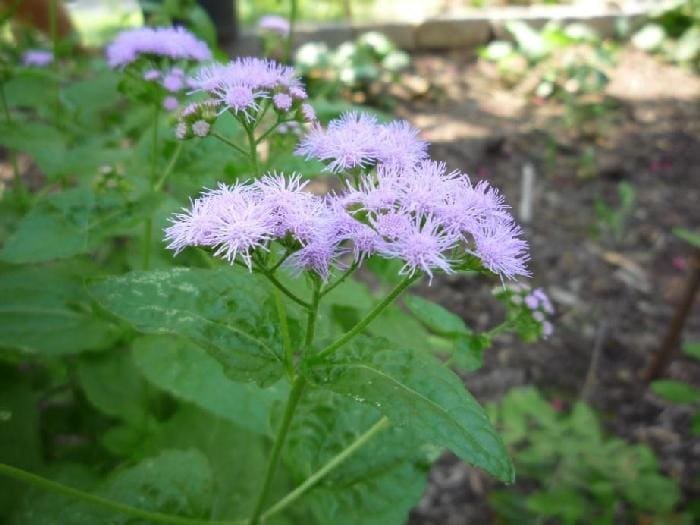
Enjoy the asters of fall and the critical pollinators, including butterflies and bees, before winter brings cold weather and dormancy or senescence. Our native bees can be generalists feeding on any asters, or specialists confined to only one food source, but they do not sting, even if they do sip up some of your sweat.
Helen Petre is a retired USDA biologist and college biology professor. She spends her time volunteering, teaching, and writing science articles to share her interests with future generations.


